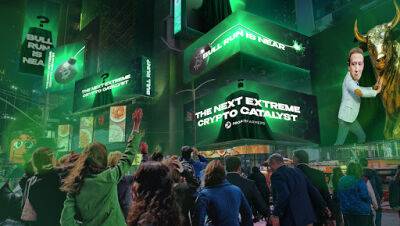The Blackstone rebellion: how one country took on the world’s biggest commercial landlord
Blackstone is the largest commercial landlord in history. Over the past two decades, it has quietly taken control of apartment blocks, care homes, student housing, railway arches, film studios, offices, hotels, logistics warehouses and datacentres. Blackstone doesn’t just own real estate, it owns everything – or that’s how it can feel when you start to examine its bewildering array of assets. If you wear Spanx, have ever matched with someone on Bumble, stayed in a Hilton hotel or a CentreParcs resort, visited Legoland, Madame Tussauds, the London Dungeon or an elderly relative at a Southern Cross care home, you have encountered a company that forms, or has recently formed, part of the Blackstone empire.
The New York headquarters of Blackstone are located in a skyscraper on Park Avenue. Every Monday, the firm’s founder Steve Schwarzman and chief operating officer Jon Gray gather with senior partners around a large conference table on the 31st floor to discuss investment memos sent the previous week by teams in the company’s 26 offices in the US, Europe and Asia. It’s here that Blackstone’s investment decisions are made. Last year, the company invested $270bn, bringing the total value of the assets it manages to $881bn, slightly more than the gross domestic product of Switzerland, and more than twice that of Denmark. The Monday meeting resembles an intense seminar whose participants zero in on the weaknesses in proposals that pass before them. Some investments can return to this table three or four times for approval before they’re ultimately killed.
Blackstone is an asset manager, a type of private financial firm that invests the wealth of pension funds and insurance companies. It is not to be confused with BlackRock, an
Read more on theguardian.com




















